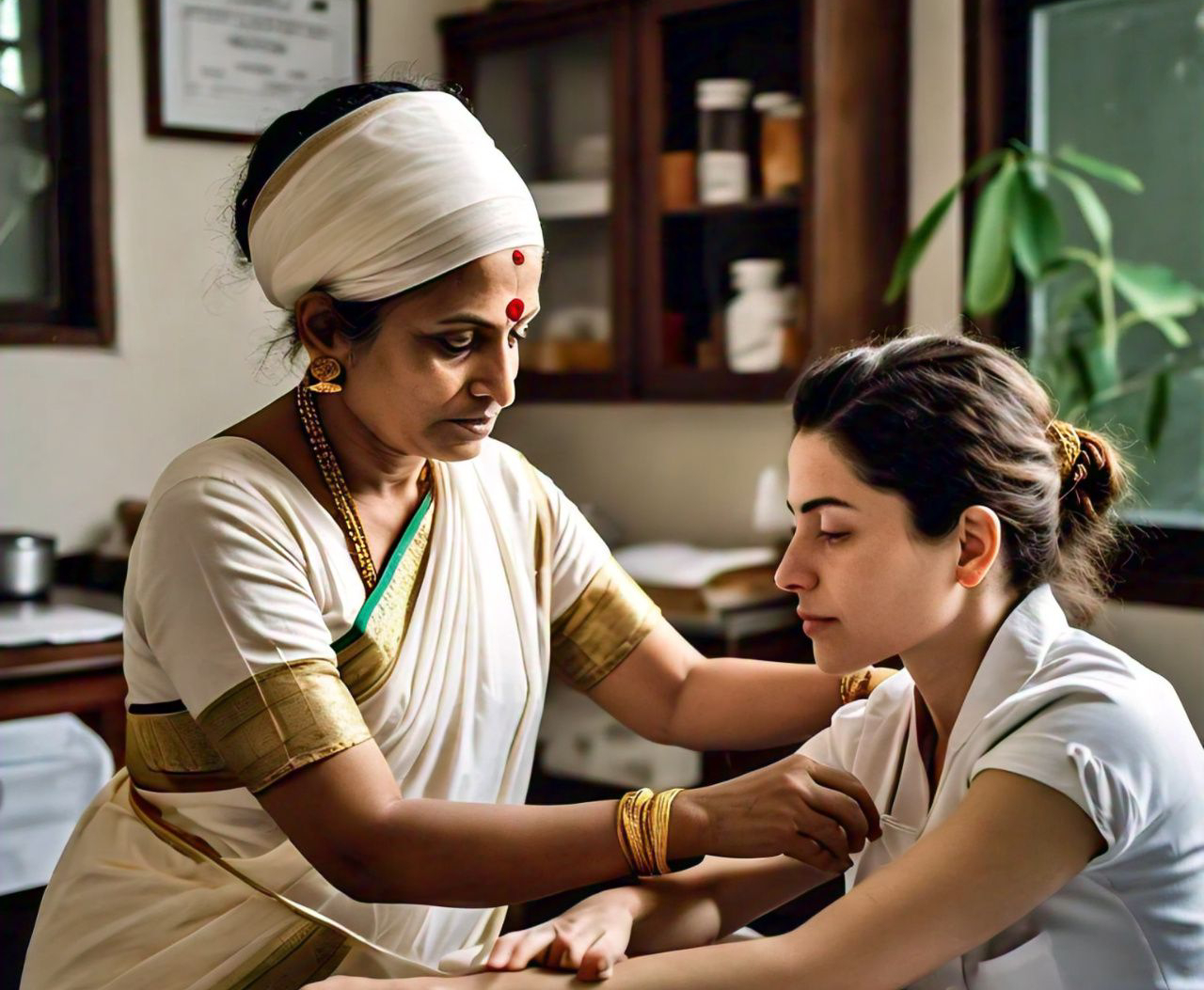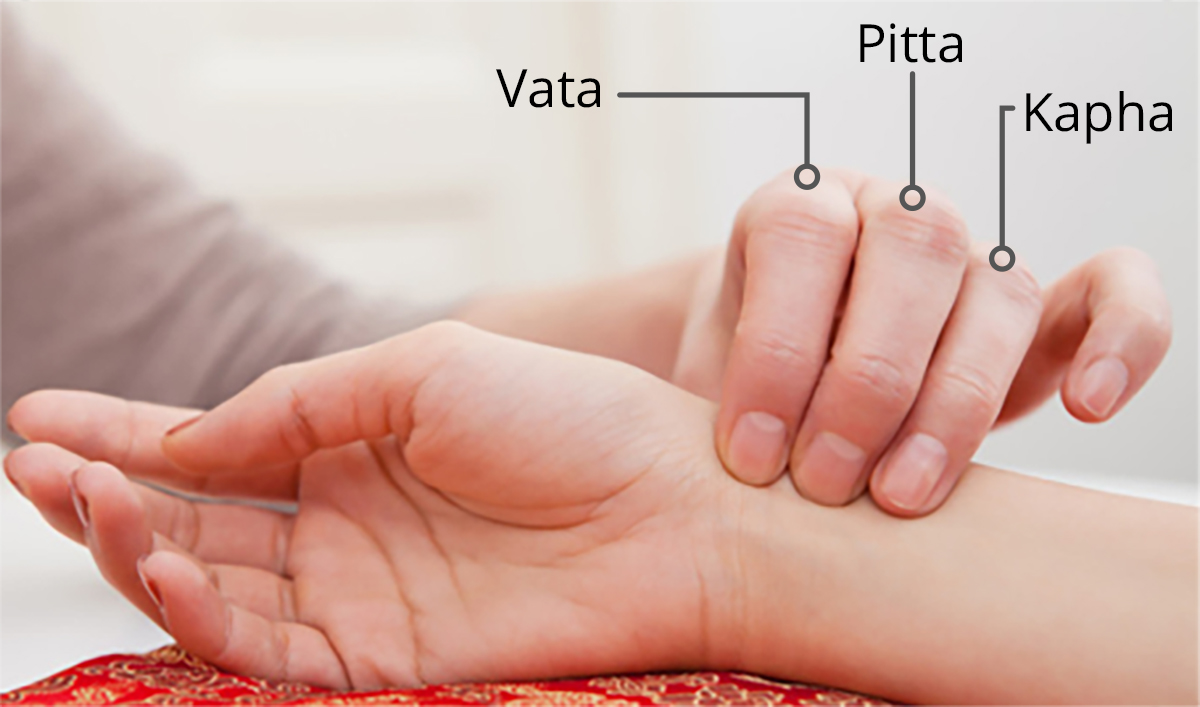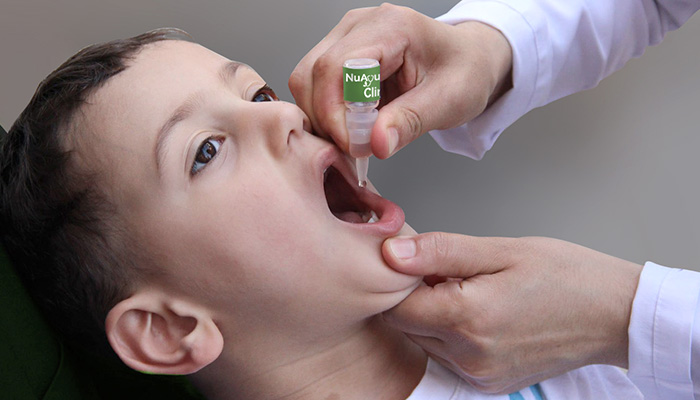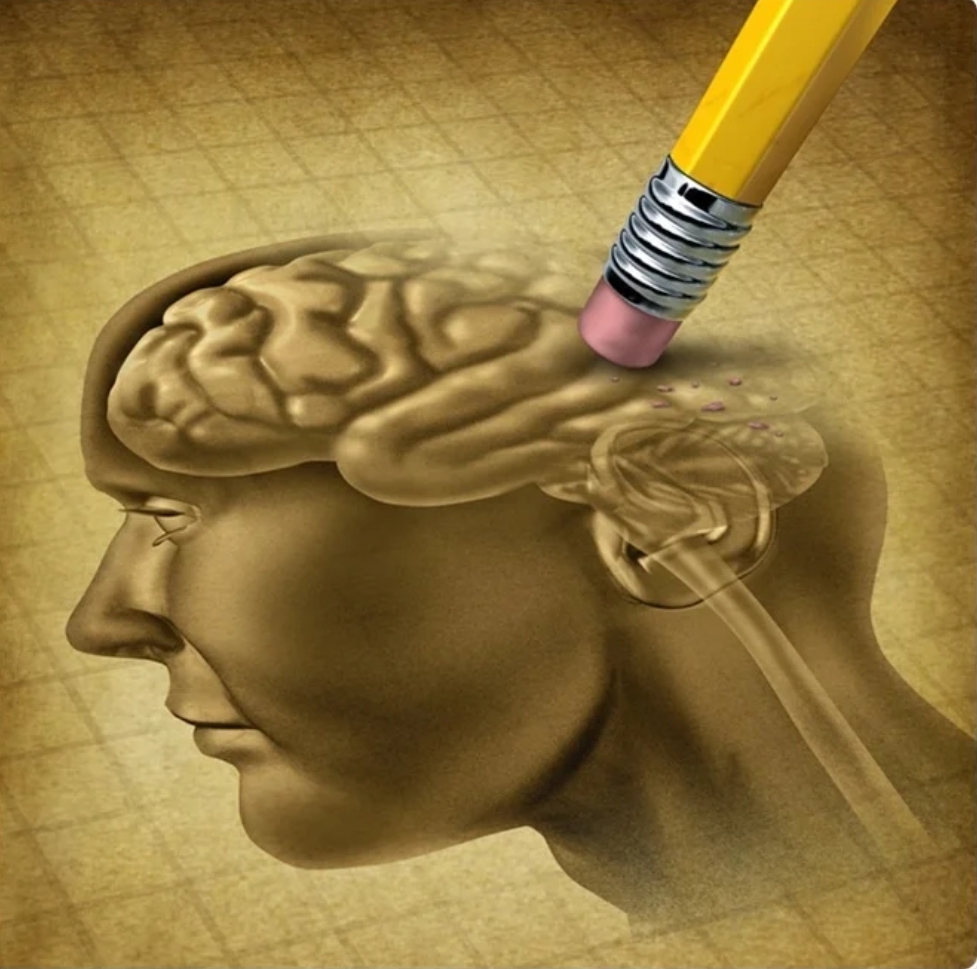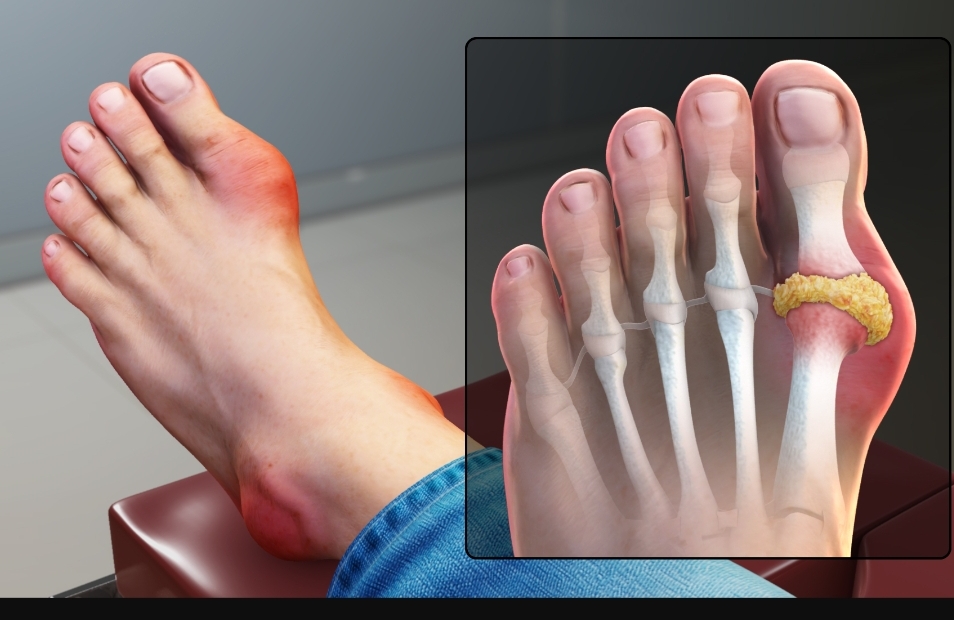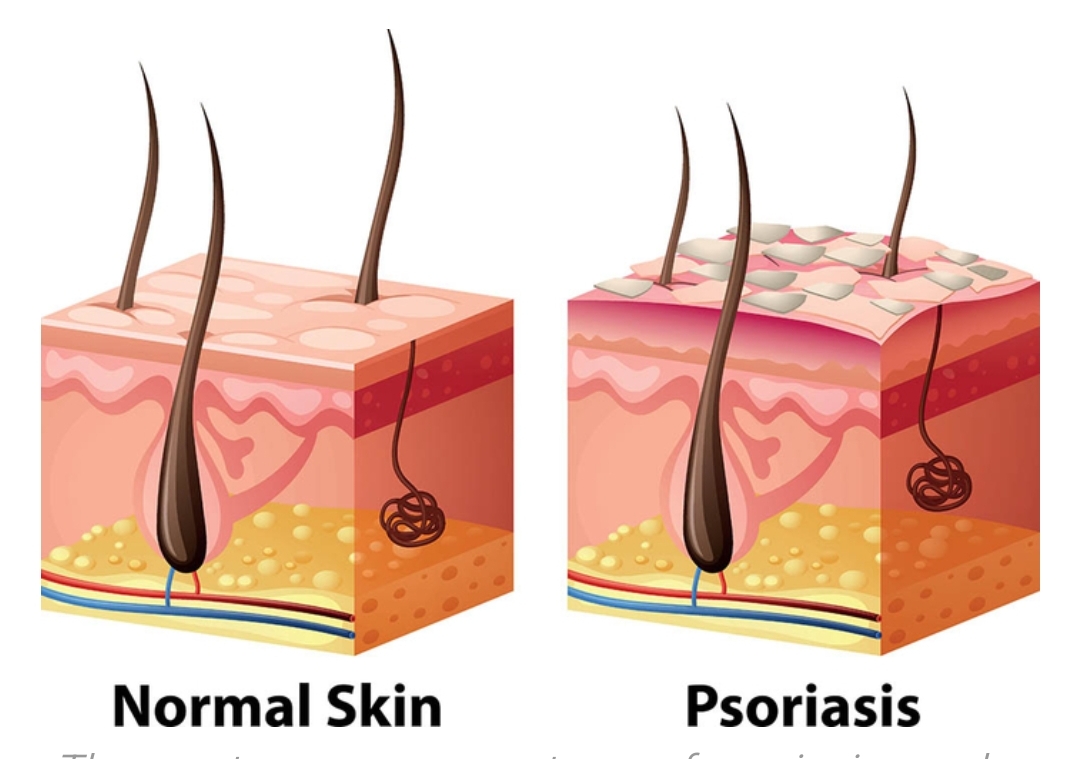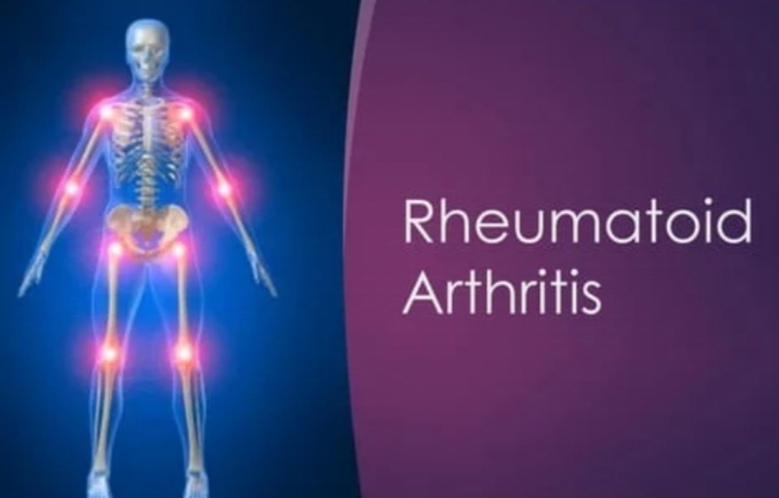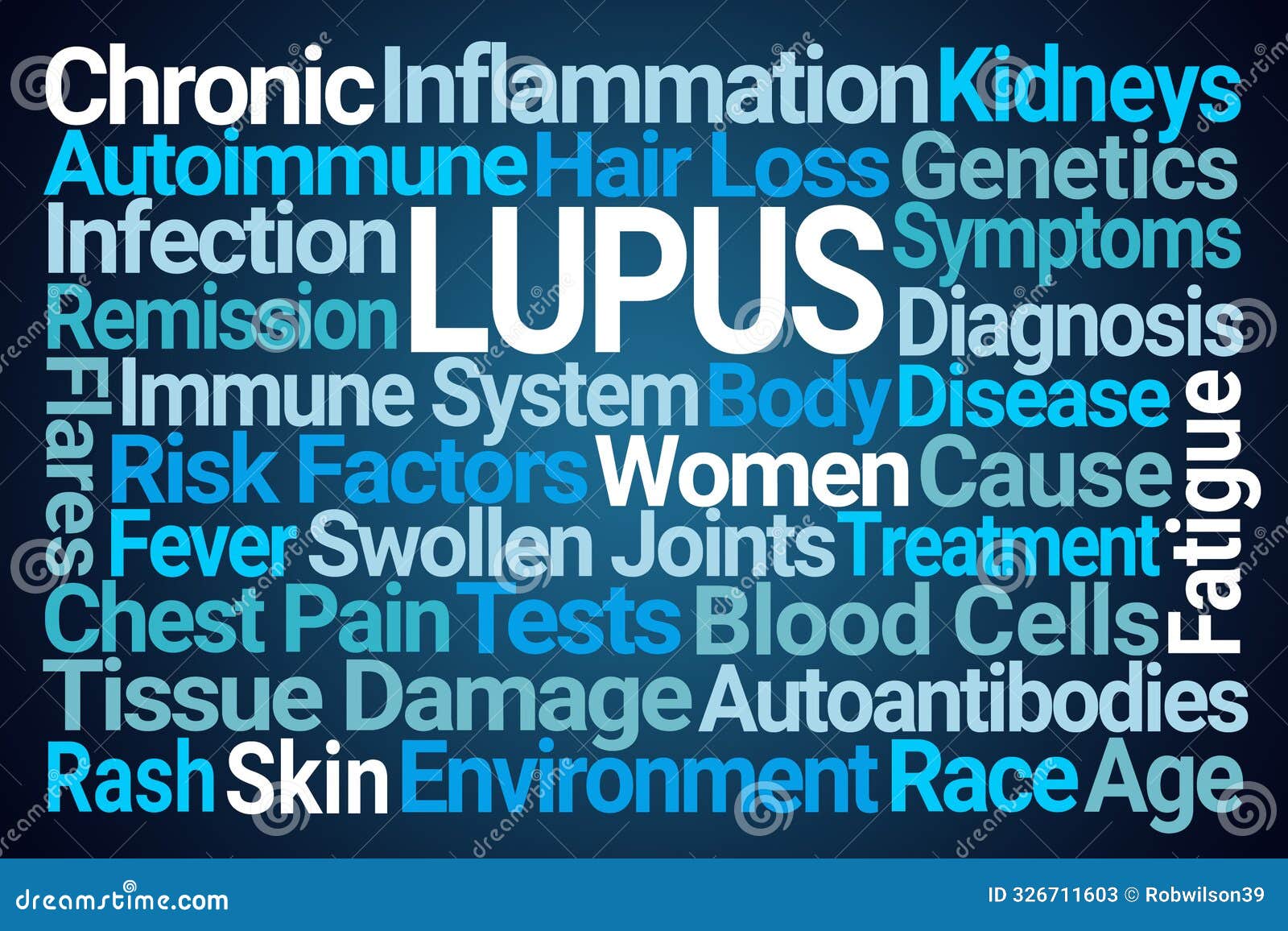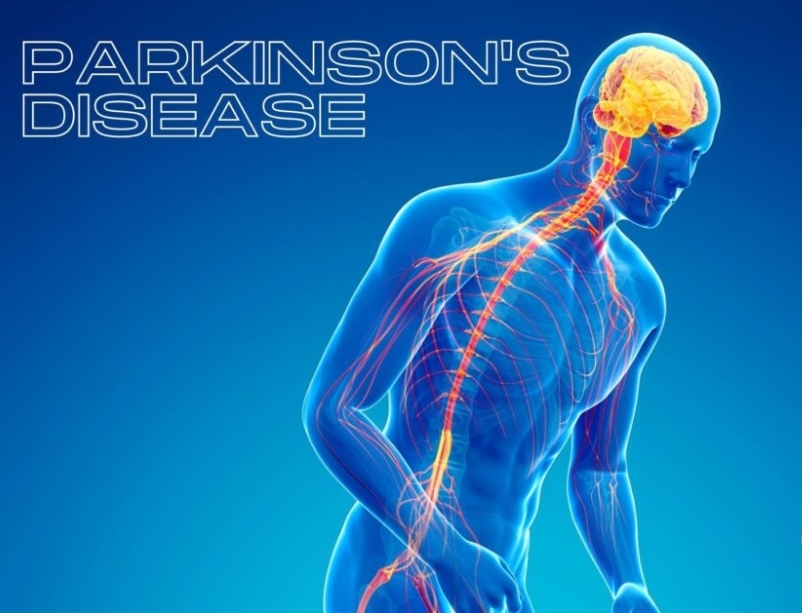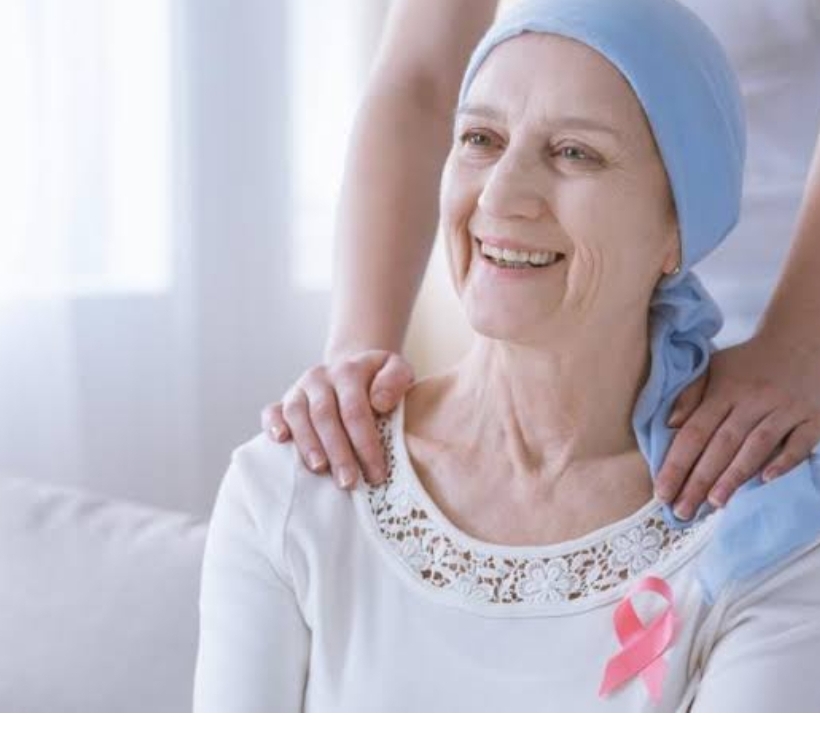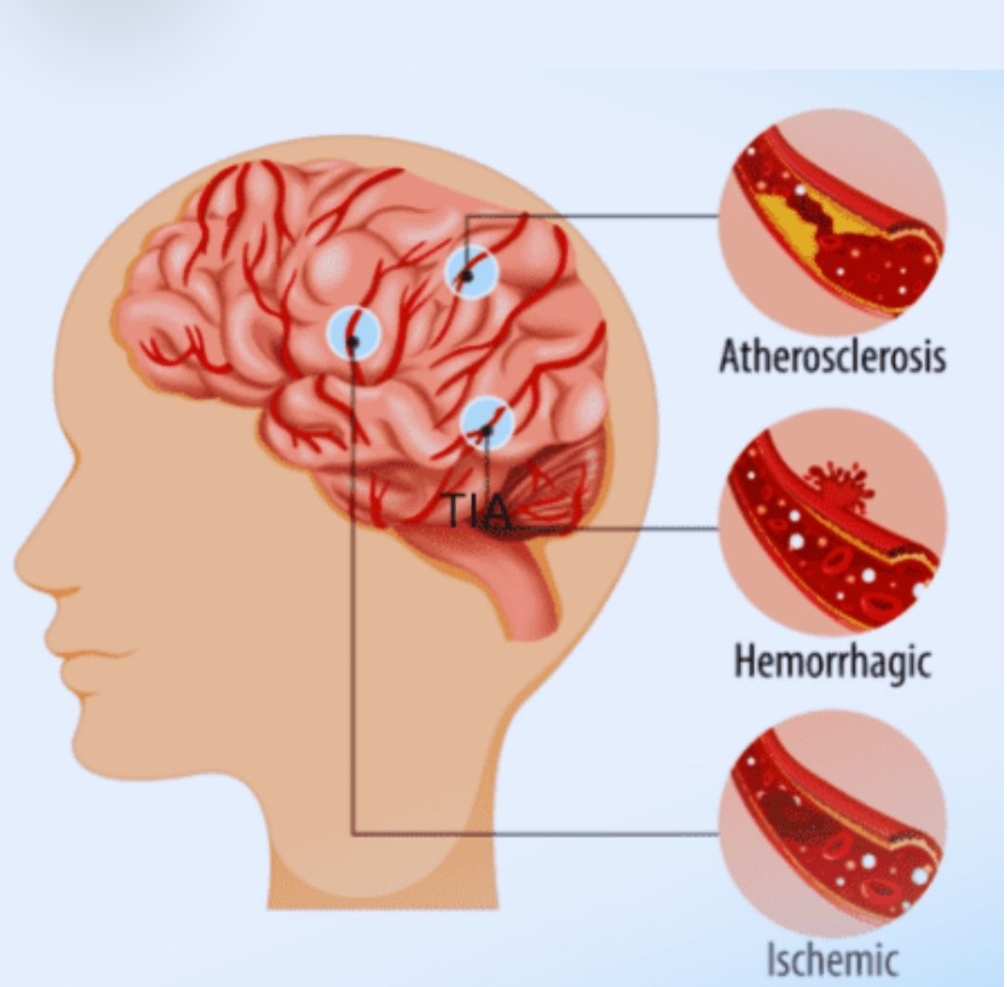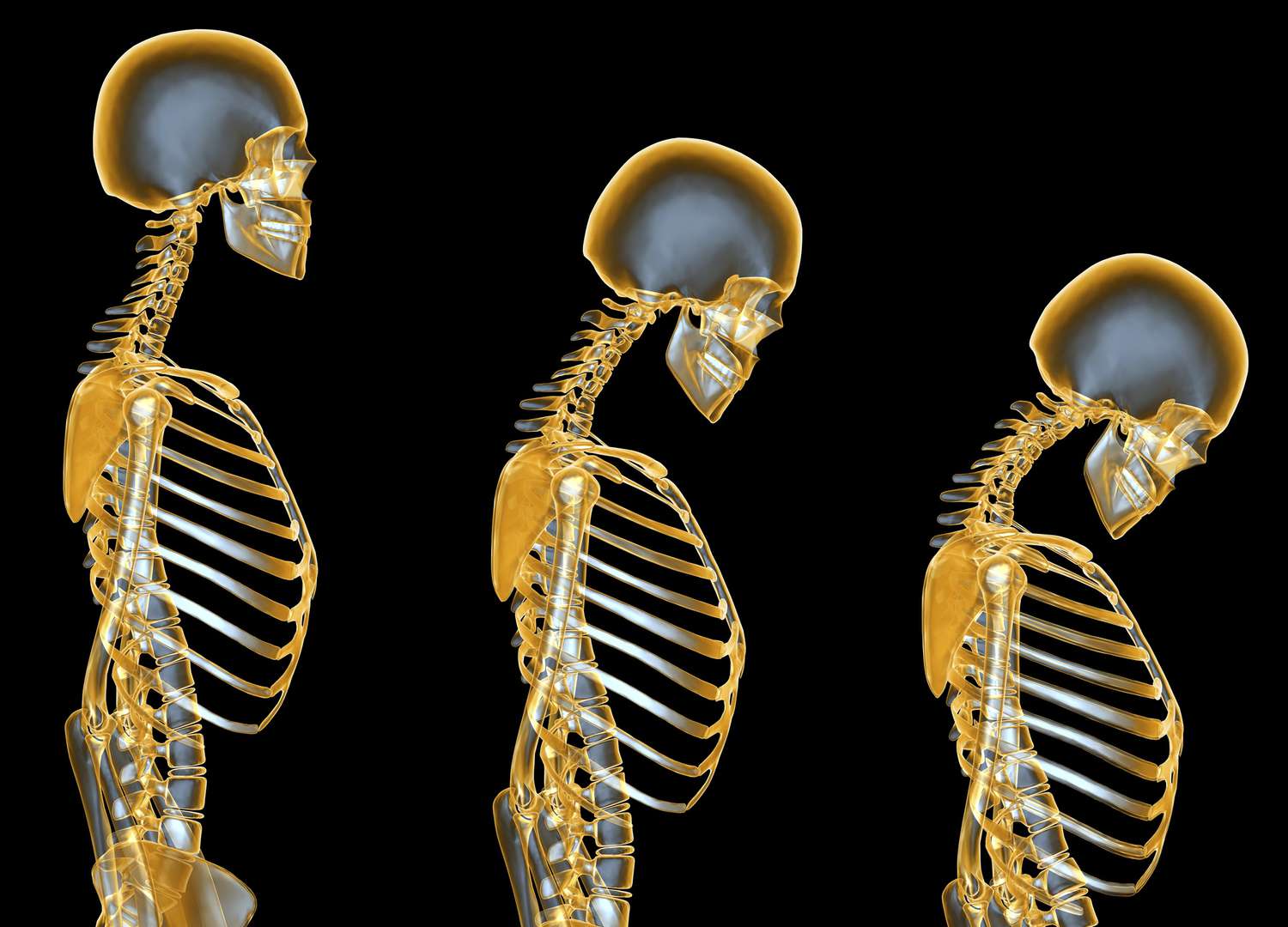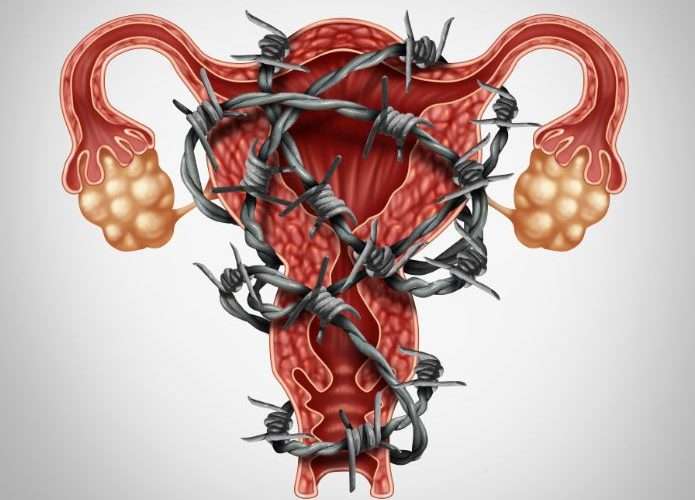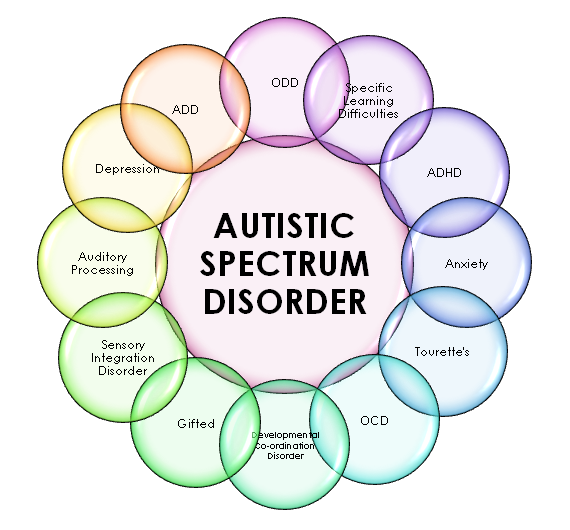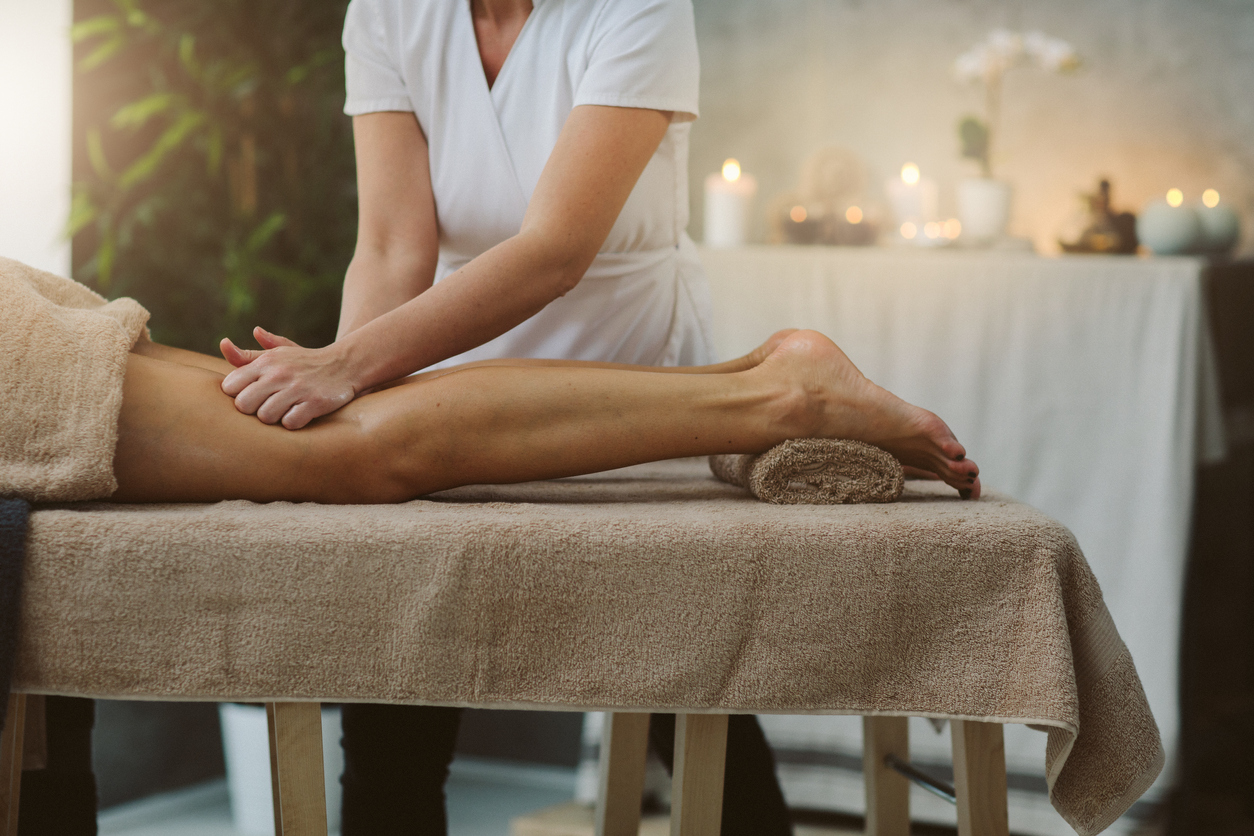
Varicose Veins
Veins that are twisted and swollen are known as varicose veins. Varicose veins and spider veins — a typical, minor version of varicose veins — are an aesthetic problem for many people. A varicose vein is a condition where the veins become dilated, elongated, and tortuous. Both primary and secondary reasons can cause varicose veins. Varicose veins affect the superficial perforating veins as well as the deep veins. Any external vein can become varicose, but the veins in your legs are the most usually afflicted. This is because standing and walking upright puts more pressure on your lower body’s veins. Varicose veins can cause agonising pain and discomfort in few people and sometimes lead to more severe issues.
Varicose veins can be closely correlated to Siraja Granthi, where the blood veins are enlarged and gnarled. Due to various causative factors, the valves in the veins become weaker and lose elasticity. Loss of elasticity is due to Vataja Guna like Rukshata as per ayurveda. Because of the involvement of blood, pitta dosha also has a role in leading to varicosity. These doshas, vata and pitta, or a combination of vata and kapha, get vitiated and affect weight-bearing areas, especially in the calf region. Thus the stagnated blood obstructs the pathway of blood vessels, and the venous blood gets blocked, leading to varicose veins.
What are the causes of varicose veins?
Veins have one-way valves that allow blood to flow only in one direction. The valves may get weaker as the vein walls expand and become less flexible (elastic). Blood can flow backwards and eventually flow in the opposite direction if a valve is damaged. When this happens, blood can build up in the veins, causing them to swell and expand. The veins in the legs, which are the furthest from the heart, are the most commonly impacted. This is because gravity makes blood flow back to the heart more difficult. In addition, varicose veins can be caused by any condition that causes strain on the abdomen, such as pregnancy, constipation, and, in rare circumstances, malignancies.
The risk factors that increases varicose veins
- Age – the risk of varicose veins increases with age due to wear and tear in the veins. Eventually, this leads to backflow of blood, where it gets collected in the veins.
- Gender – women are more likely to get affected as hormone changes in the body during menstruation, pregnancy, or menopause tend to relax the vein walls. Various hormone therapies also increase the risks of varicose veins.
- Pregnancy – during the pregnancy period, the volume of blood in your body increases. This change is supportive in the growing fetus but can also lead to side effects like enlarged veins.
- Hereditary – you are more likely to get affected if varicose veins run in the family.
- Obesity – being overweight adds pressure to the veins leading to varicosity
- Standing or sitting consistently for long periods block the flow of blood.
What are the symptoms of varicose veins?
The majority of the time, there is no pain, although varicose veins can cause the following indications and symptoms:
- The veins are blue or dark purple and appear twisted, bloated, and lumpy (bulging).
- Legs feel heavy, especially after exercise or at night; a minor injury to the affected area may result in more prolonged bleeding than normal.
- Lipodermatosclerosis – fat under the skin just above the ankle can harden, resulting in skin shrinking, swollen ankles
- Telangiectasia in the affected leg (spider-like veins)
- Blue or brown coloured skin discolouration near the varicose veins.
- Itchy skin with dry and red scales
- Leg cramps after standing for a long time
- In most cases, people also show restless leg syndrome. The appearance of white patches that looks like scars on the ankles.
Complications of varicose veins?
There is a danger of consequences in any condition when adequate blood flow is disrupted.
Varicose veins, on the other hand, rarely cause difficulties. However, if problems arise, they may include the following:
- Bleeding from the veins
- Blood clots that appear in the veins of the leg causing inflammatory changes
- Painful ulcers
- Chronic venous insufficiency – in this case, the skin will not correctly exchange oxygen, nutrients, and waste products with blood due to weak blood flow.
Ayurvedic treatment for varicose veins
Varicose veins can be closely correlated to Siraja Granthi, where the blood veins are enlarged and gnarled. Due to various causative factors, the valves in the veins become weaker and lose elasticity. Loss of elasticity is due to Vataja Guna like Rukshata as per ayurveda. Because of the involvement of blood, pitta dosha also has a role in leading to varicosity. These doshas, vata and pitta, or a combination of vata and kapha, get vitiated and affect weight-bearing areas, especially in the calf region. Thus the stagnated blood obstructs the pathway of blood vessels, and the venous blood gets blocked, leading to varicose veins.
As it is mainly vata dosha oriented condition, veshtana (wrapping the area with cloth or crepe bandage) provides symptomatic relief. Varicose vein ayurvedic treatment includes –
- Sira Vyadha – Sira Vyadha is a type of Raktamokshana (bloodletting therapy), which helps clear the clogged vitiated blood and relieves the symptoms. Regular sittings have shown marked improvement in managing different cases at Sitaram.
- Vasti – medicated enemas are found to show sound effects in treating varicose veins. The treatment helps to alleviate toxins and improve the blood flow through veins. It is an effective method of detoxification as well.
- Lepanam – various herbs that have blood purification properties are collected and grounded to a fine paste. These are applied to the area and retained for 40-45mins and washed off. Lepanam gives relief to itching, red scales and inflammation.
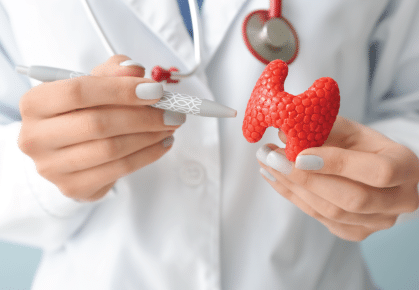
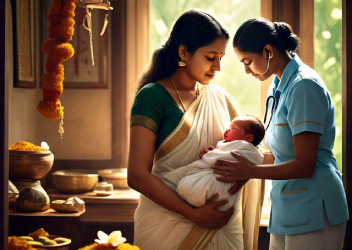
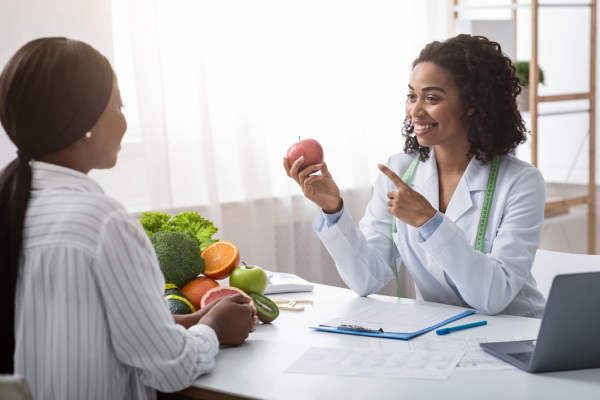
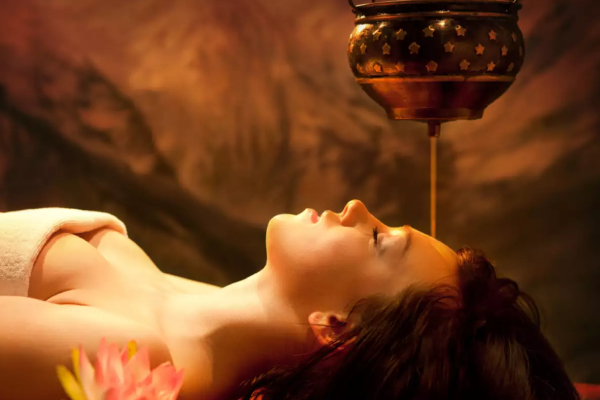
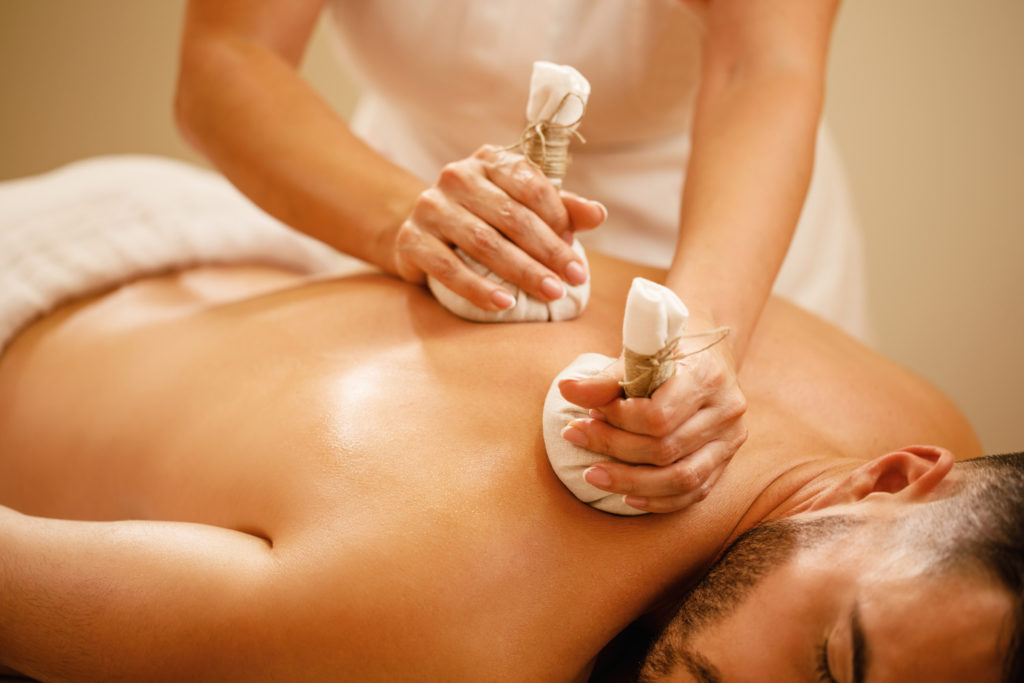


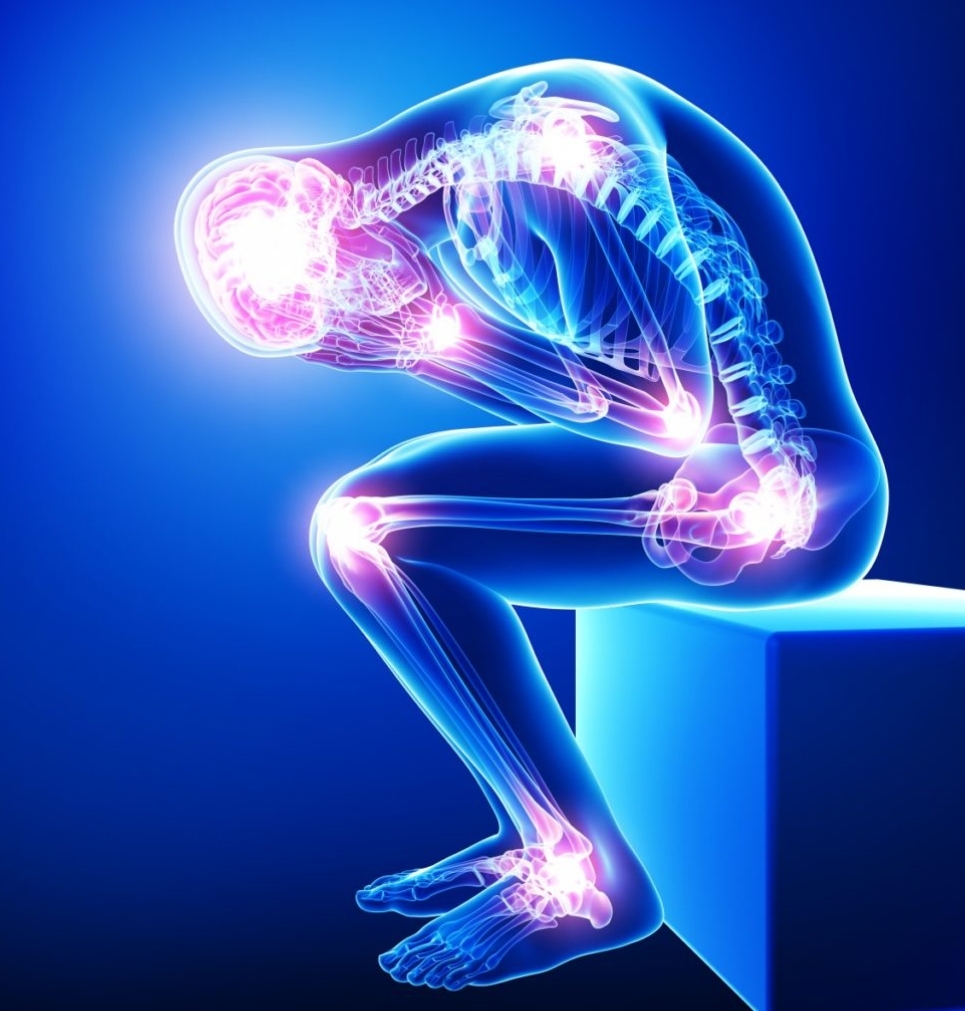
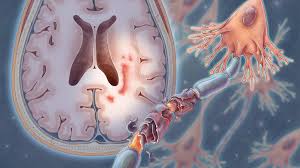
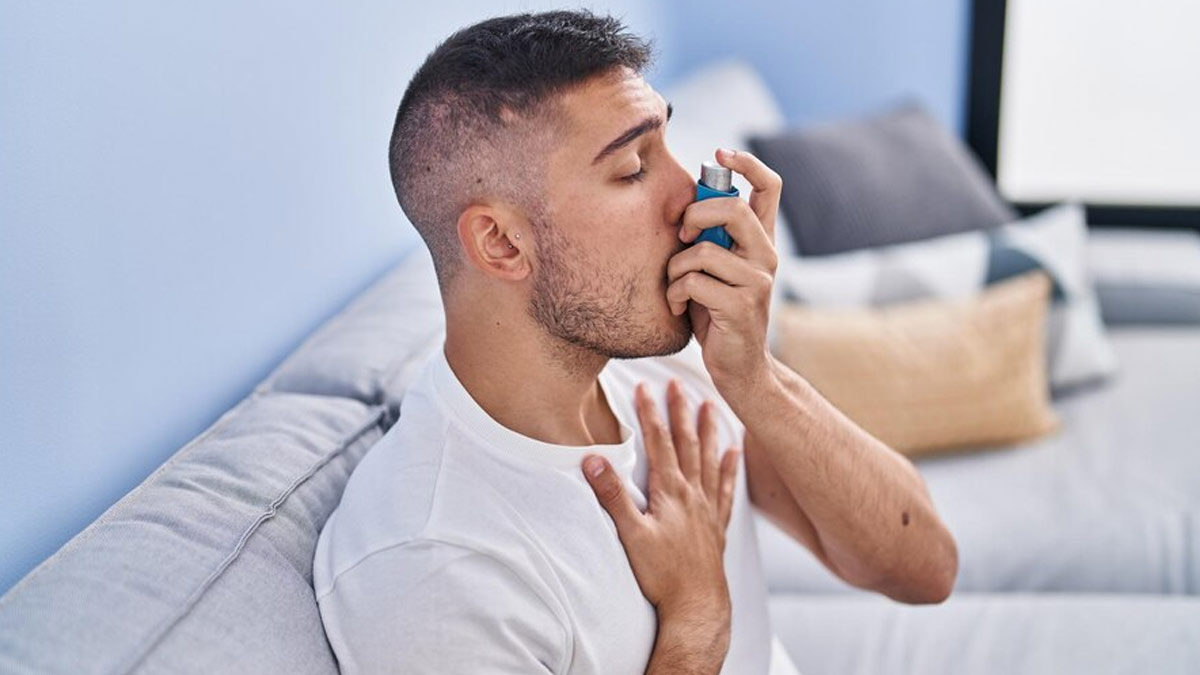
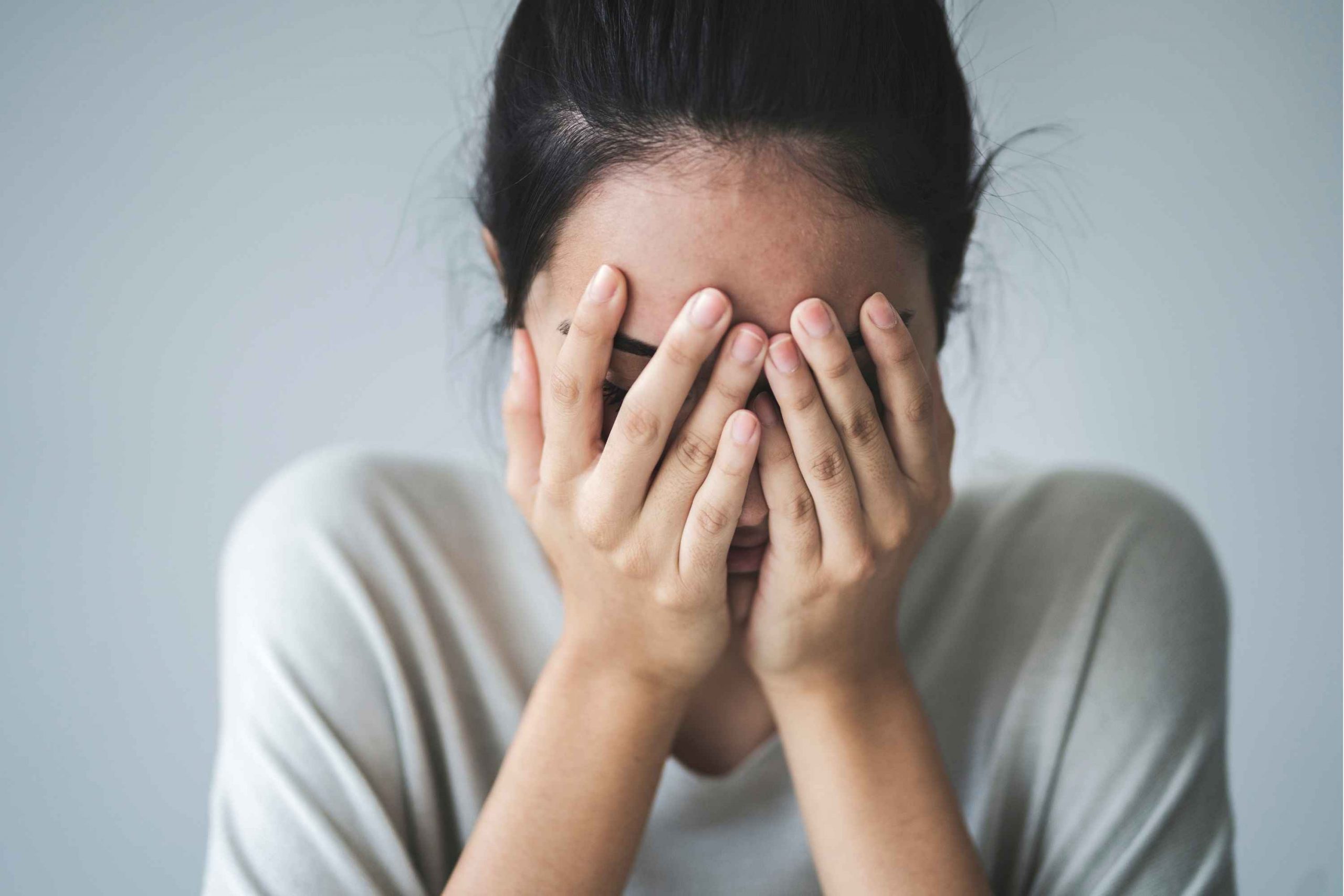
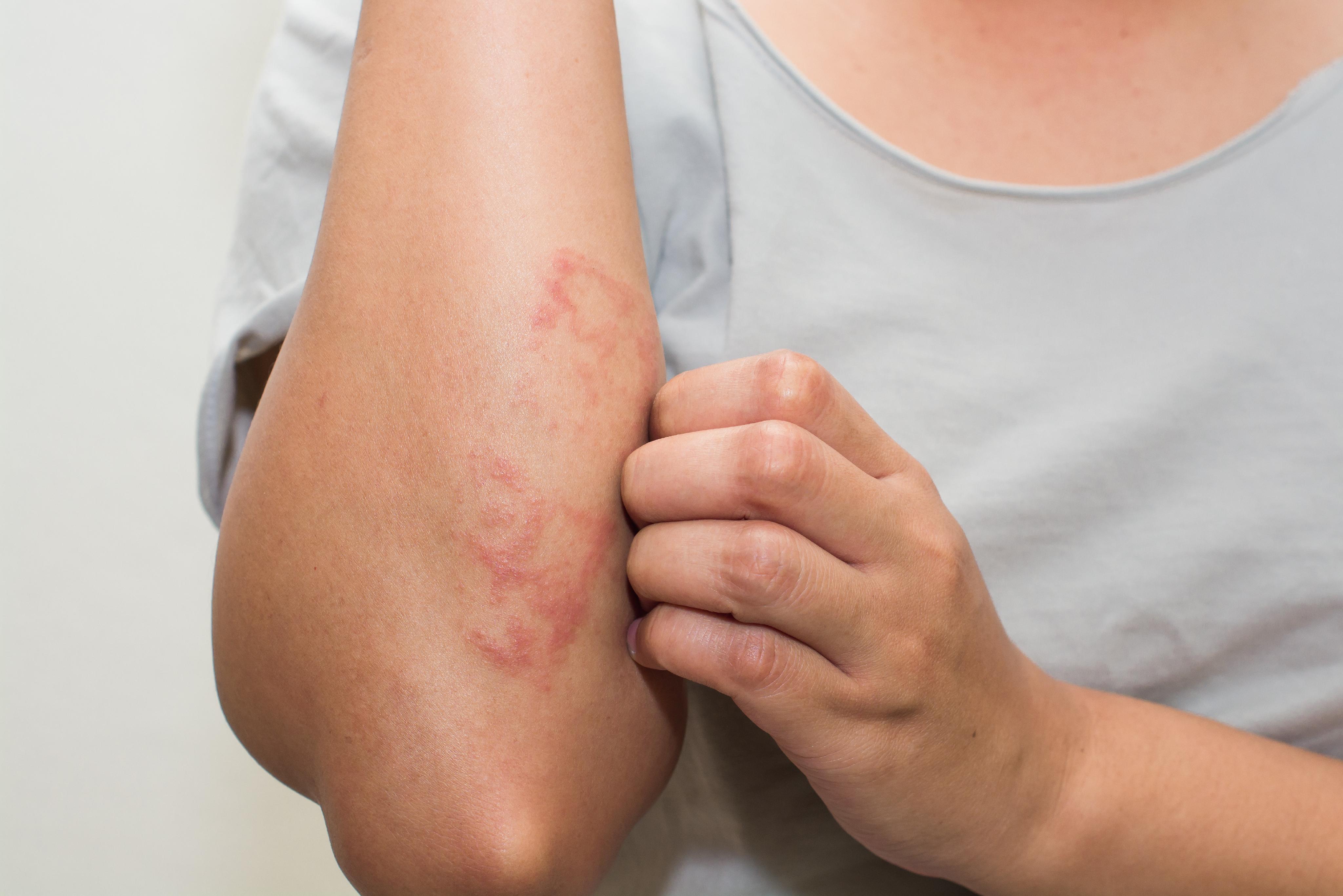
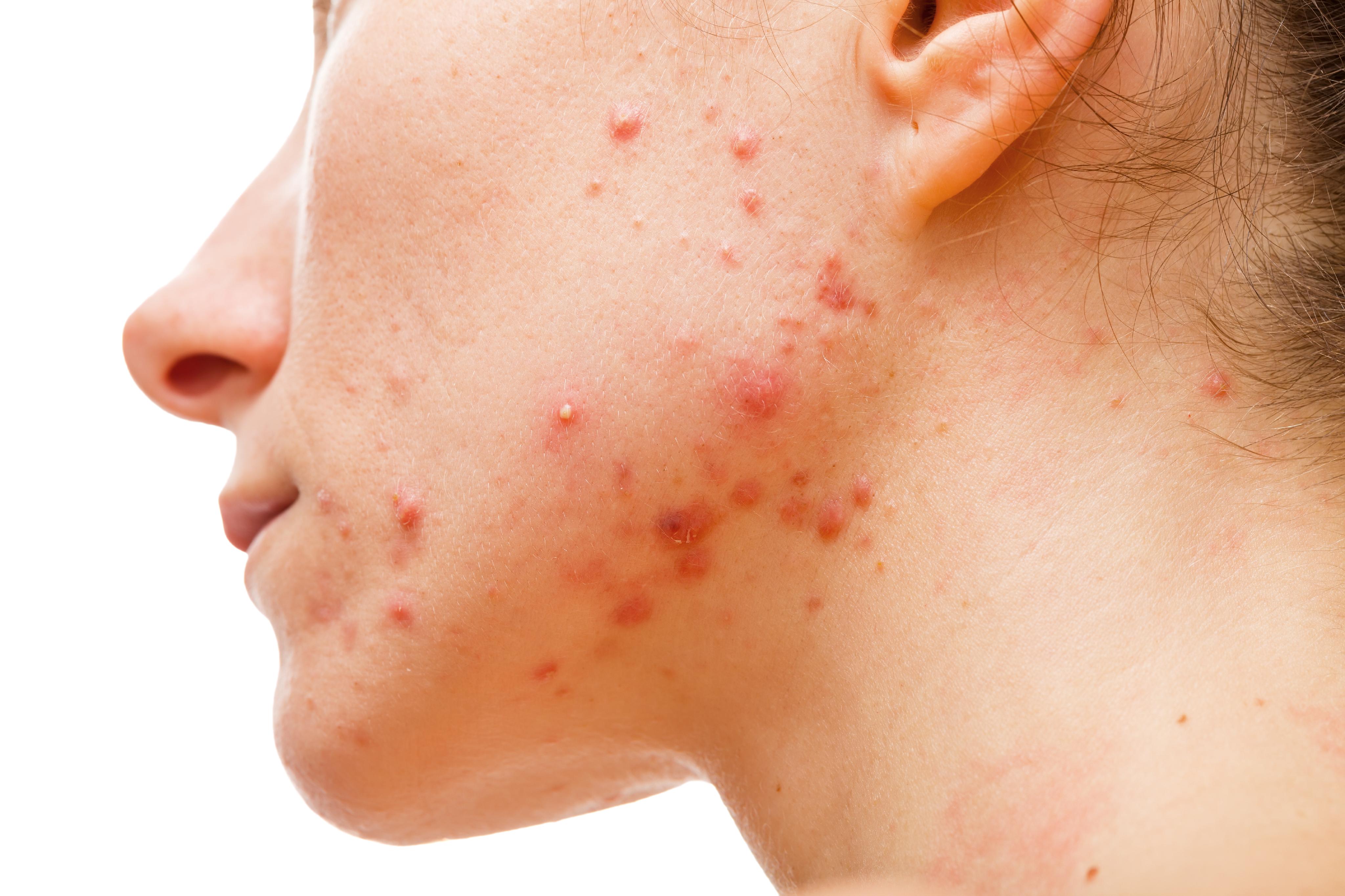
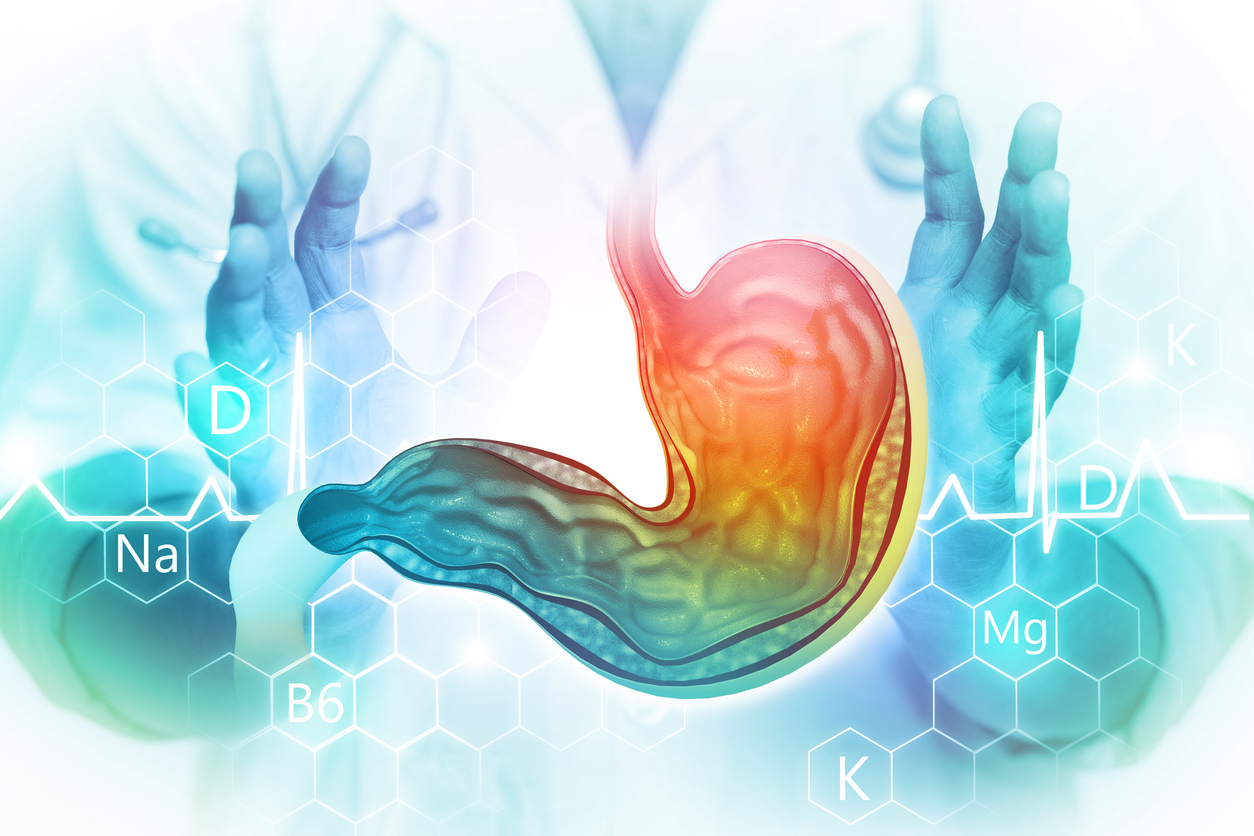
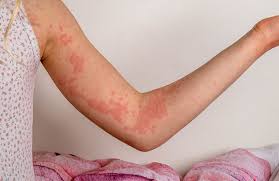
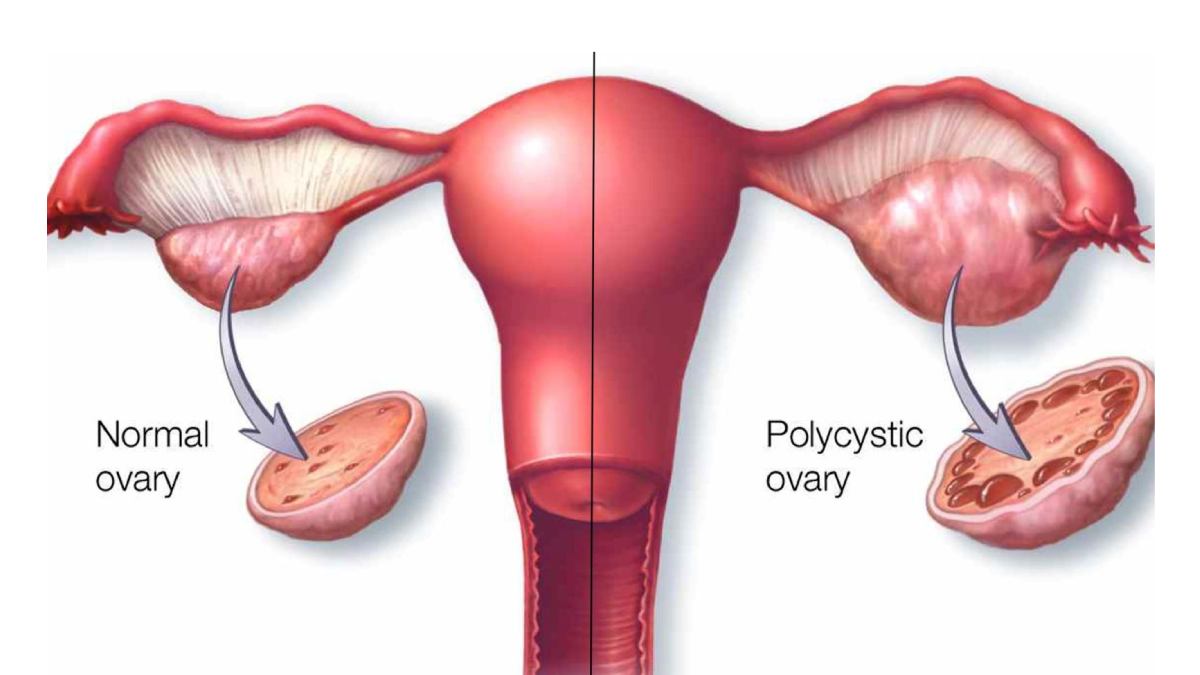
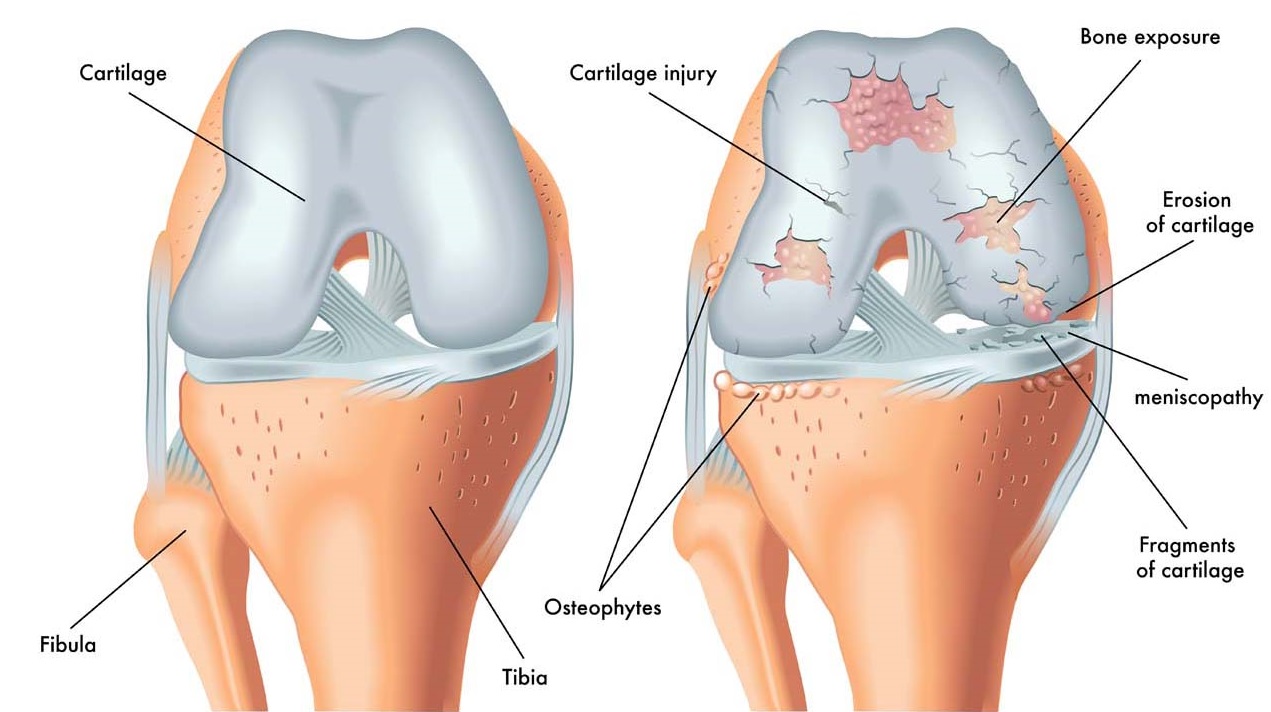
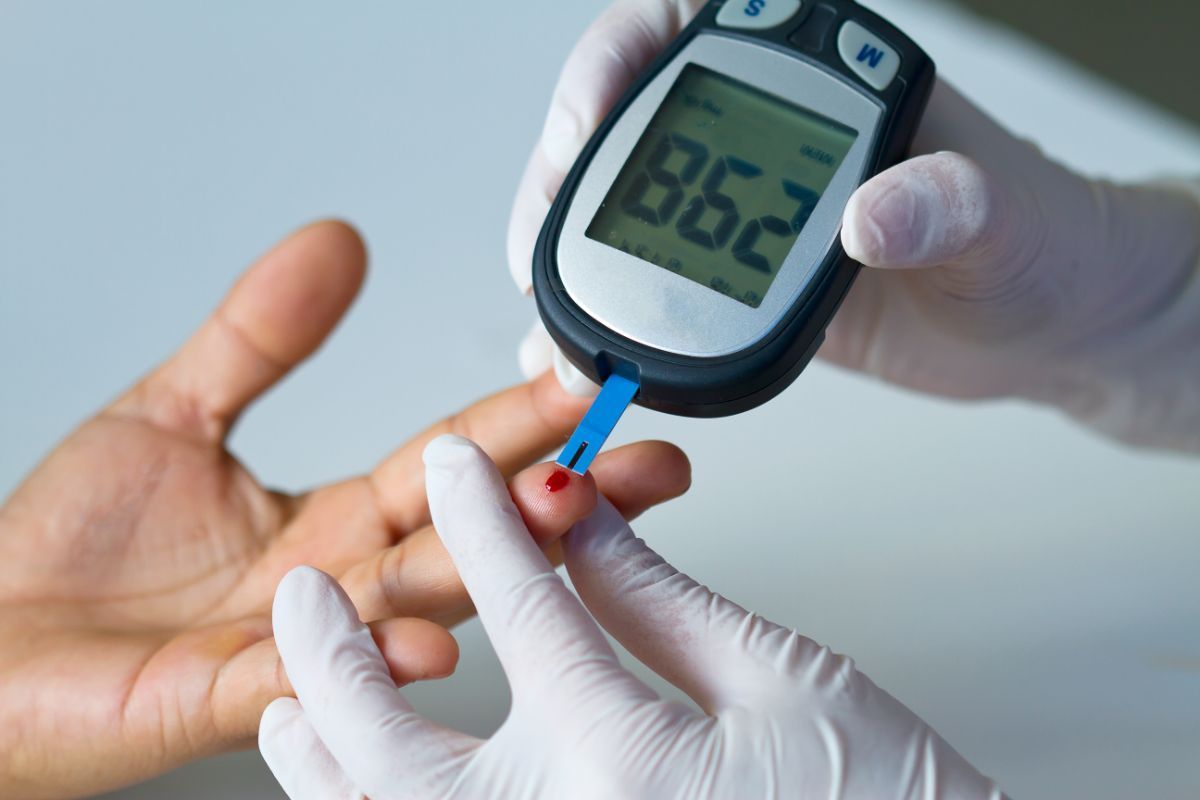
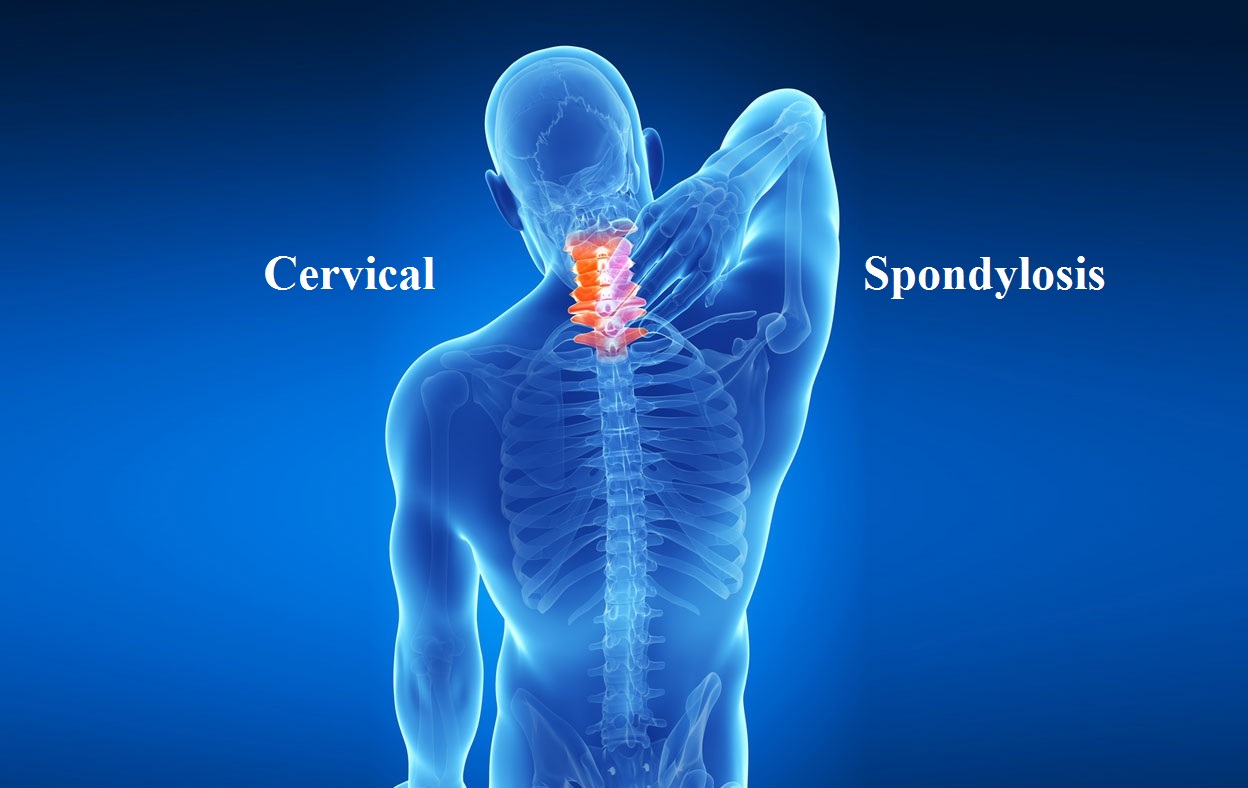
.jpg)
